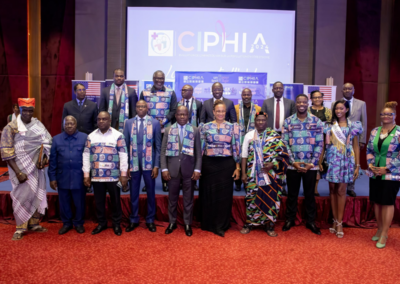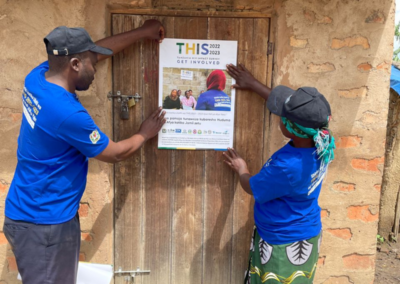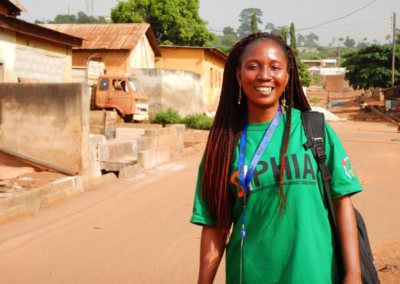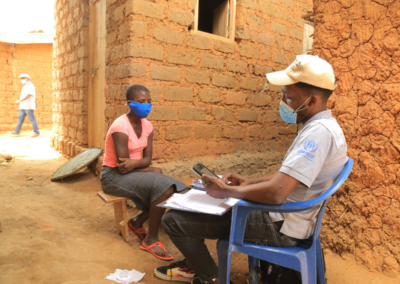After graduation, biostatisticians with advanced degrees usually end up in an office or lab to work with abstract numbers and equations. For Joshua Kriger, MS ’14, the experience has been more tangible. As the statistical program manager for ICAP’s Population-based HIV Impact Assessment (PHIA) Project, he spent 17 days doing fieldwork in Zambia where he trained local staff on survey methods to measure progress in the fight against HIV.

Josh Kriger
Implemented in partnership with the U.S. Centers for Disease Control and Prevention, PHIA will assess the state of the HIV epidemic in more than a dozen countries in sub-Saharan Africa where the epidemic has claimed millions of lives. Providing the latest data on the number of people infected, the rate of new infections, and how many people are getting effective treatment, the PEPFAR-funded survey will arm policymakers with the best information to direct resources to the fight against HIV.
Kriger and Seamus Thompson, director of Mailman’s Statistical Analysis Center, work closely with the PHIA team to analyze data from these household surveys and generate reliable reports. Before they could start crunching the numbers, they needed a firmer understanding of the data collection process, necessitating Kriger’s 7,400-mile trip to Zambia.
In collaboration with the national ministry of health and central statistical office (similar to the U.S. Census Bureau), the PHIA survey teams will visit around 15,000 households in each country to administer questionnaires and offer onsite HIV testing and counseling. When someone tests positive for HIV, survey staff will refer them to care and treatment services.
Building Trust
During his time in Zambia, Kriger trained survey workers to collect data using mobile tablets. At the same time, he took home important lessons on the context of how the survey will be implemented.
HIV is a sensitive topic for many people, and researchers and others working to respond to the epidemic must often ask intimate questions to gather accurate information. Among other things, the PHIA survey asks respondents about their sexual behavior, including anal sex, multiple partners, and sex work, to help identify risk factors and areas where interventions may be most effective.
“We are coming into peoples’ homes and offering HIV testing and asking them very personal questions about their health and behaviors,” says Kriger. “A big part of the survey is establishing trust.”
By learning about potential issues, Kriger and his team of 10 biostatisticians are much better prepared to identify and account for any gaps in the data later on. “Interpreting the data requires an intimate knowledge of how the data were collected in the field,” says Kriger.
Done right, biostatistics is about much more than crunching the numbers. As Kriger attests, it takes a healthy dose of cultural literacy and empathy for the experience of those living in countries affected by HIV.










